The 1990s brought us some of the most memorable commercials, with jingles that stuck in our heads and catchphrases we still repeat. But looking back, many of these ads carried messages or imagery that wouldn’t pass the scrutiny of today’s more culturally aware and inclusive audience. From gendered stereotypes to outright insensitivity, here are 12 examples of concepts in ’90s ads that would have networks—and viewers—hitting the cancel button today.
1. Using Stereotypes to Sell Fast Food

Remember Taco Bell’s Chihuahua ads? While wildly popular at the time, many now view the campaign as a reductive caricature of Mexican culture. Current audiences expect brands to avoid racial stereotyping and show more cultural sensitivity.
2. The “Damsel in Distress” Trope
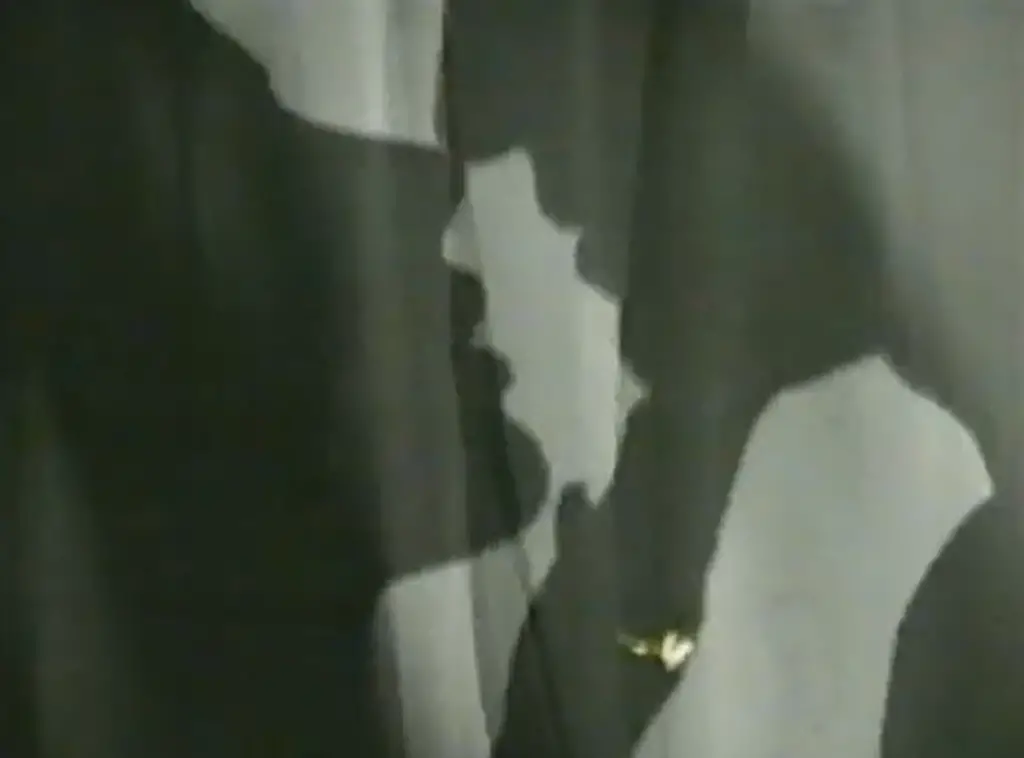
Gender roles were front and center in ads where women were often depicted as helpless or dependent on men for their happiness. Think of jewelry commercials where a man’s worth was determined by how big of a diamond he bought (De Beers or Kay Jewelers). Today, this narrative would be criticized for its outdated portrayal of relationships.
3. Objectifying Actors for No Reason

Ads in the ’90s loved to use eye-catching people to sell just about anything, even when it made no sense. Take Carl’s Jr. and their burger commercials, where consumers provocatively ate burgers to the point of absurdity. Modern audiences would see this as objectification with no connection to the product itself.
4. Toys with Strictly Gendered Marketing
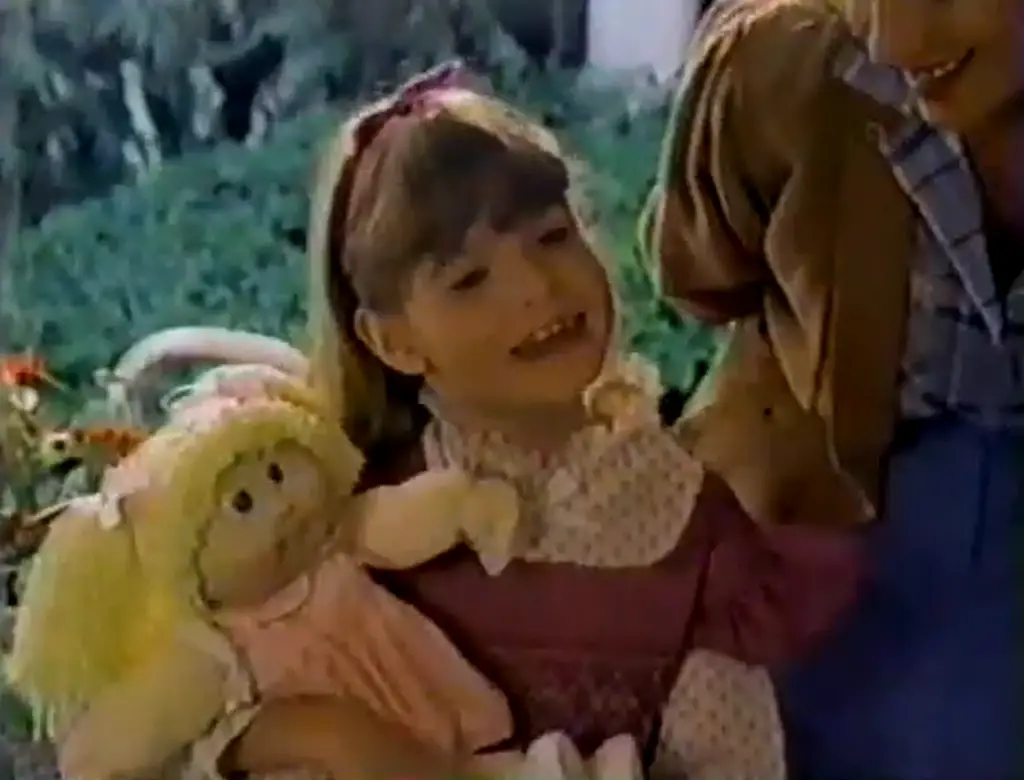
Barbie ads emphasized traditional beauty standards for girls, while G.I. Joe and Hot Wheels pushed aggression and adventure for boys. These commercials made it clear what toys were “appropriate” based on gender. Nowadays, toy companies aim to create more inclusive and gender-neutral advertising.
5. Fat-Shaming and Diet Culture
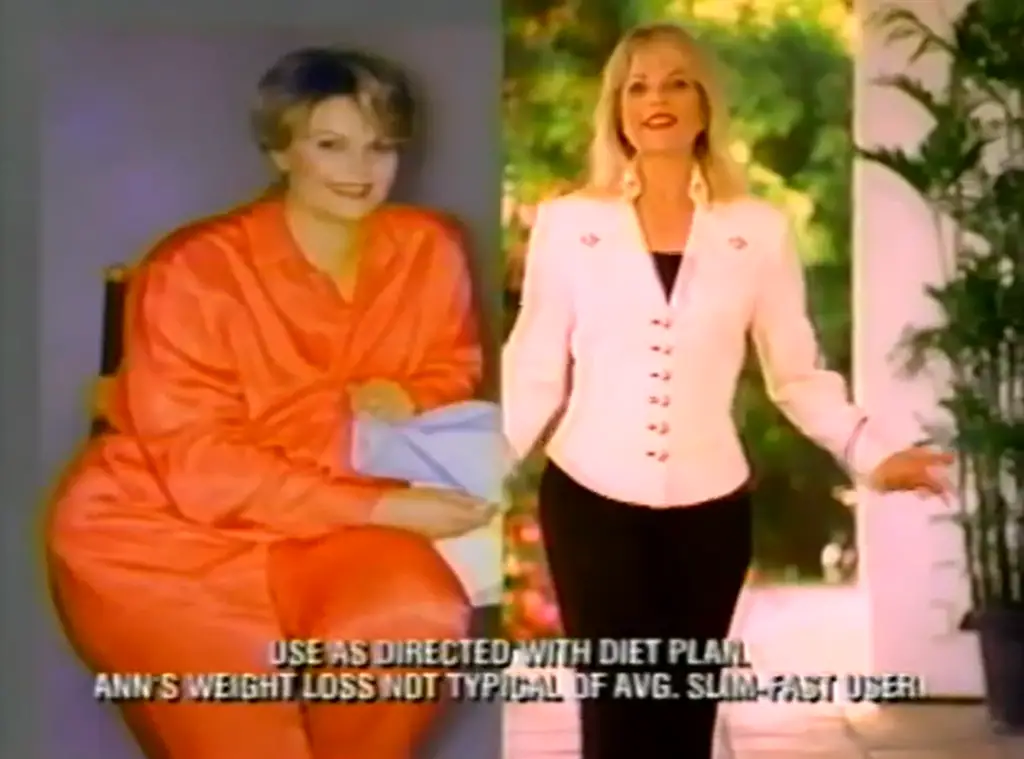
Ads for weight-loss products like SlimFast often used “before and after” transformations that implied anyone over a certain size should feel ashamed. Women in these commercials were shown only achieving happiness and self-worth after shedding pounds. Today, with body positivity movements, these messages would be harshly criticized.
6. Ridiculing Mental Health Issues
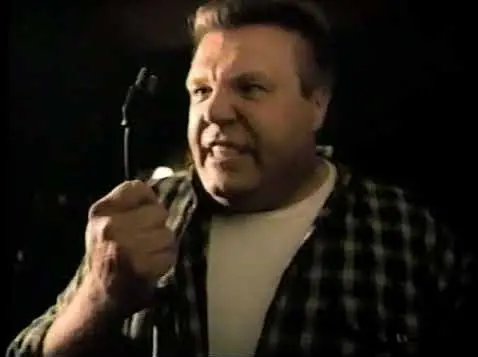
In the ’90s, commercials often used stereotypes of mental illness or instability for comedic effect. Ads for snack brands like Snickers or Doritos sometimes portrayed characters as “crazy” or “unhinged” to get laughs. In one notorious example, a character acted erratically until they were “fixed” by eating the product. Today, such portrayals would draw backlash for trivializing mental health struggles, as society has grown more compassionate and educated about these issues.
7. Over-the-Top Macho Stereotypes
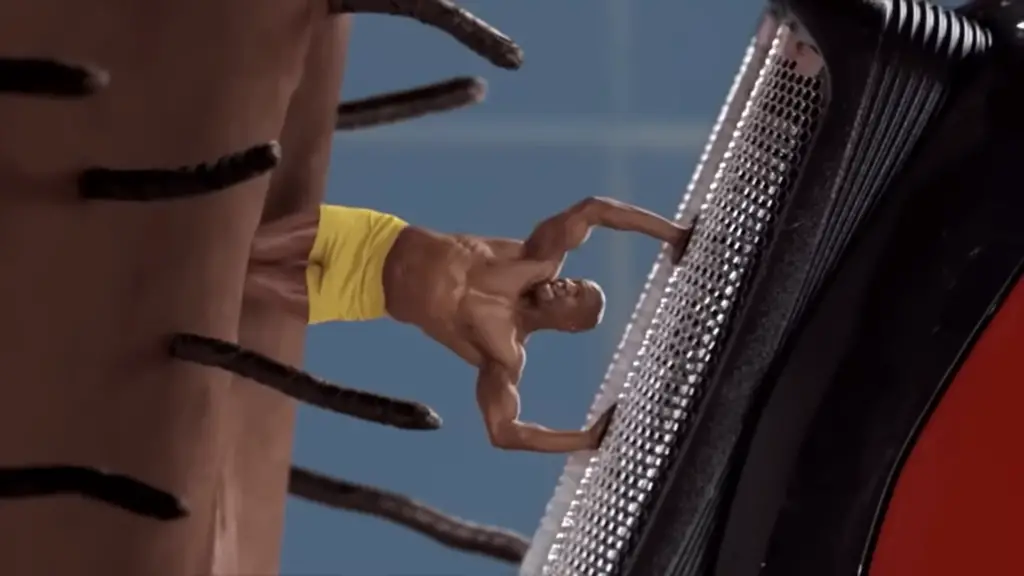
Commercials for products like Old Spice or Axe Body Spray presented hyper-masculinity as the ultimate ideal, often portraying men as buff, dominant, and irresistible to women if they used the product. This “alpha male” messaging feels outdated in an era that values more diverse representations of masculinity.
8. Smoking or Drinking as Aspirational
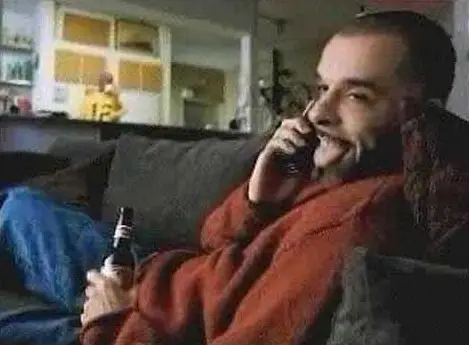
Alcohol ads like Budweiser’s “Wassup” campaign portrayed drinking beer as a necessary ingredient for social acceptance. Meanwhile, some cigar brands ran commercials showing men achieving status and luxury by smoking. Today, advertising standards are far stricter about promoting these habits as “cool” or glamorous.
9. Animal Cruelty in Fashion Ads
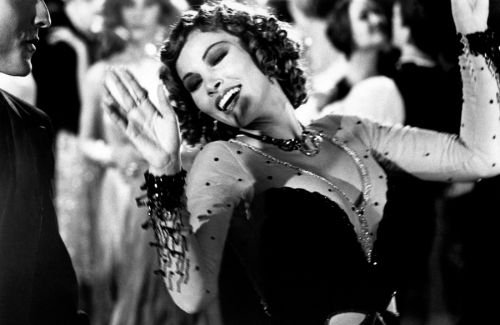
Commercials for fur coats, like those run by Blackglama’s “What Becomes a Legend Most?” campaign, glamorized real fur as the ultimate status symbol. While these ads weren’t unique to the ’90s, the decade still saw their prominence. Today, with heightened awareness of animal rights, such campaigns would be universally condemned.
10. Banking on Fear-Based Parenting
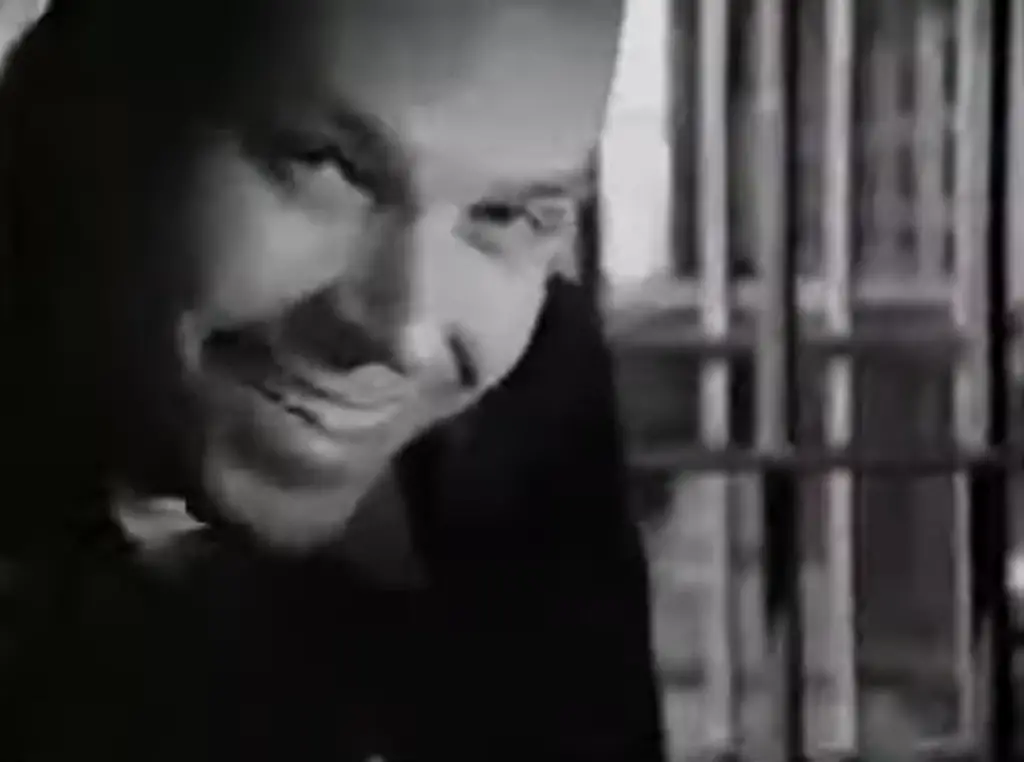
Ads for home security systems, like ADT, often showed dramatic break-ins or kidnapping scenarios, directly targeting parents’ worst fears. While fear-based marketing still exists, today’s audiences push back on tactics that feel manipulative or exploitative.
11. Portraying Fathers as Inept Caregivers
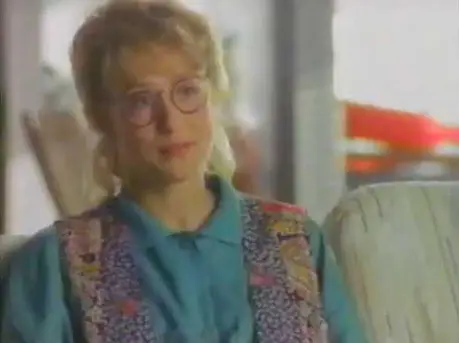
Household product commercials like Tide or Clorox often showed clueless dads making messes that only moms could clean up. The portrayal of fathers as bumbling or incompetent when it came to caregiving would feel patronizing and regressive today.
12. Body Spray Ads That Normalized Harassment
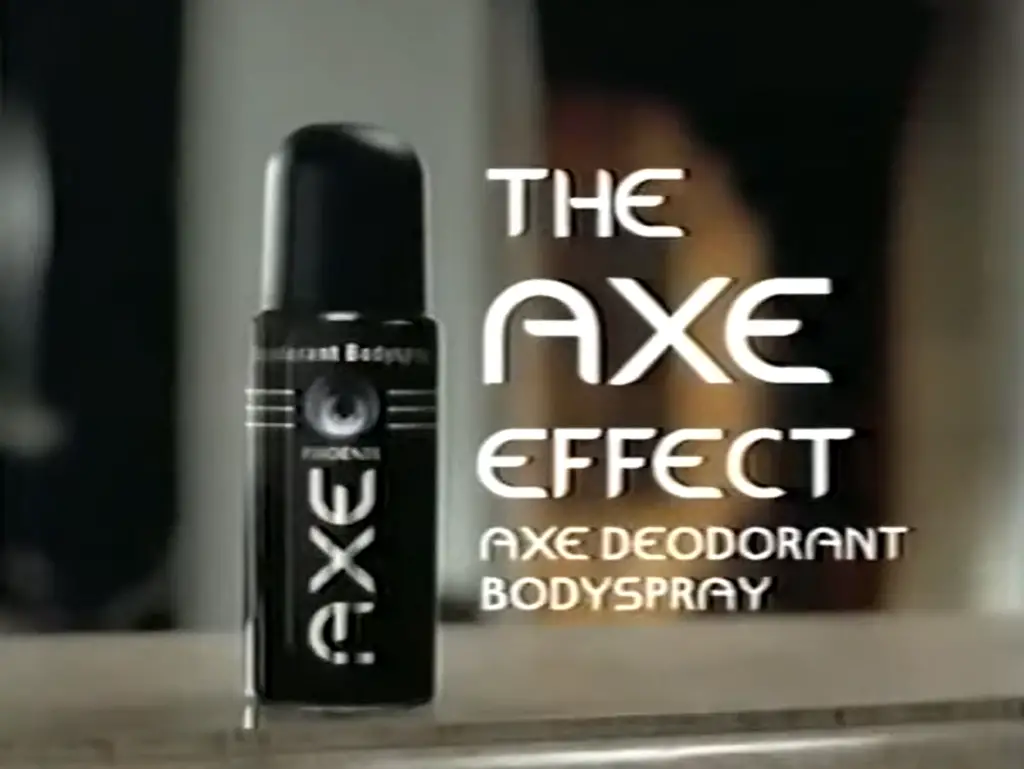
The infamous Axe Body Spray commercials from the late ’90s depicted men being swarmed by women purely because they smelled good. The ads leaned heavily into the idea of women as objects of male desire and suggested it was okay to invade men’s personal space, promoting behaviors that would now be criticized as promoting harassment rather than confidence.
The ads we grew up with in the ’90s were reflective of their time, full of over-the-top humor and larger-than-life messaging. But as we’ve evolved socially and culturally, many of those concepts seem glaringly out of touch. Still, they hold a certain nostalgic charm, reminding us of how much both advertising and society have changed. Which of these commercials do you remember—and do you think any could make a comeback with a modern twist?


